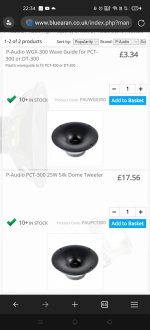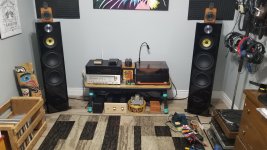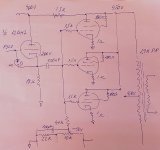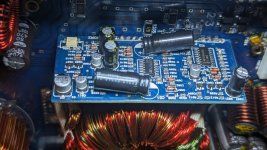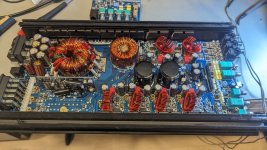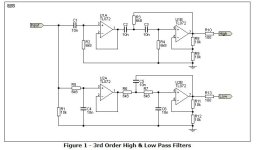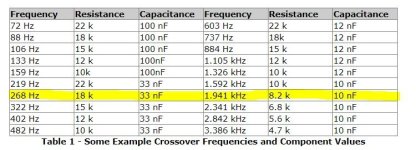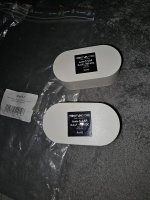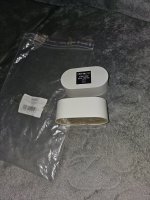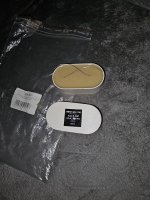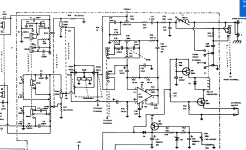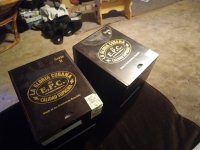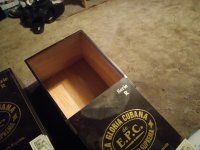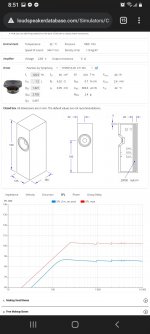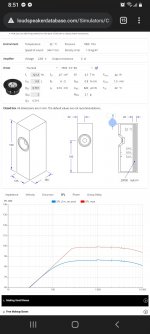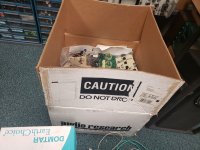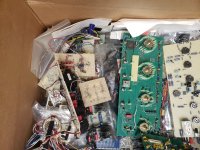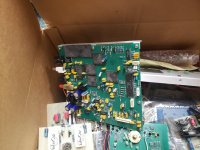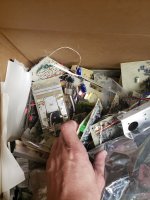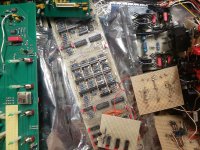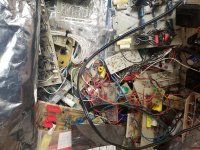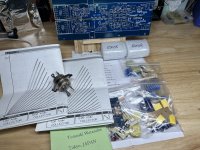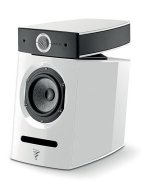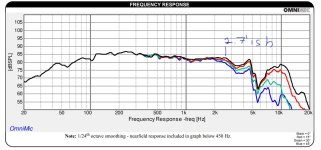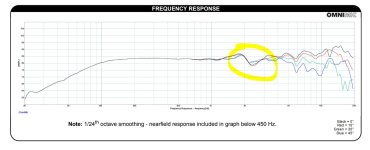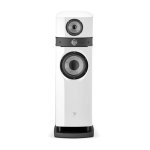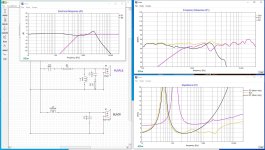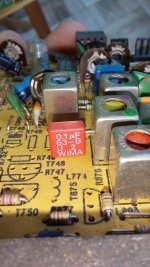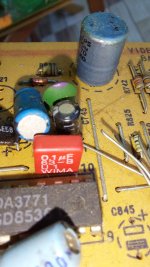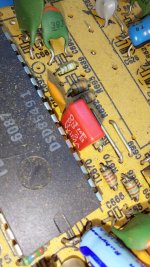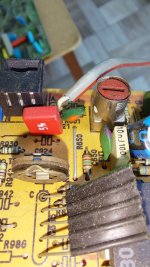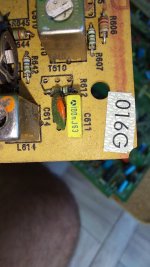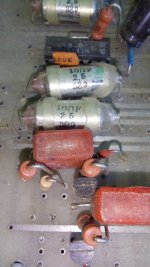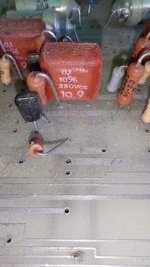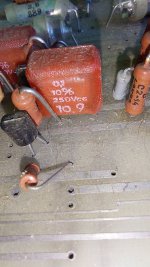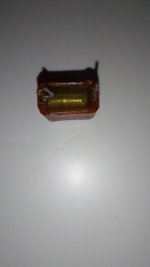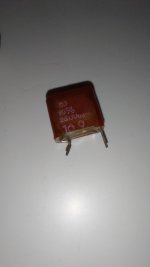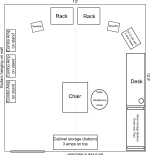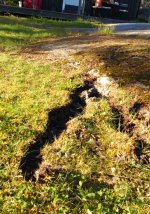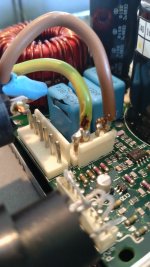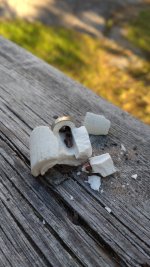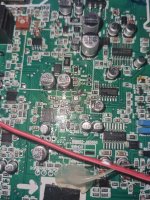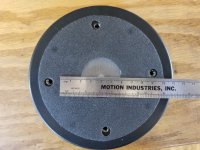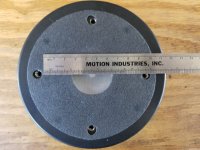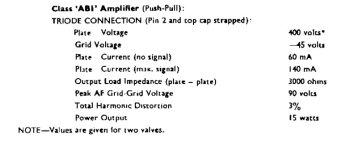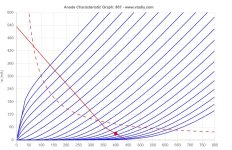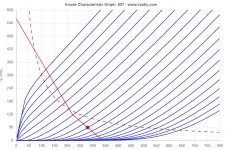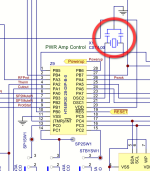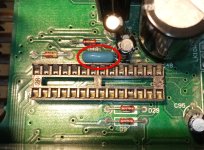Hi,
I've been trawling posts and forums to debug some noise, squeals, and oscillations on some LM386 circuits I built.
I've synthesised all of this knowledge and calculated a load of component values. I wanted to run this past some people more knowledgable than myself and see if I'm approaching things correctly. I've not breadboarded this yet as I don't have all the components and was looking for some feedback before I order.
Also, please note that I am a complete amateur here. I’m more than capable of plugging numbers into calculations but I don’t fully understand all of the concepts behind these. I’d never heard of Xc for example.
Here's the datasheet for anyone who needs it -
https://www.ti.com/lit/ds/symlink/lm386.pdf
Here's a schematic:
So, first of all, C1, the input DC blocking capacitor. The 10K volume pot in parallel with the IC's 50K input impedance results in 8.3K input resistance.
I'm aiming for Xc lower than 8.3K/10 at 100hz (this is low enough for my application, 20hz seems excessive for me). A 2.2µF cap gives Xc of 0.72KΩ at 100Hz so this seems good to me. This is higher than any other LM386 amplifier design I’ve seen online though (ranging from 47nF to 1µF)?
Next, C2. I went by the datasheet which shows 50µF as the best frequency response (Fig 2. Power Supply Rejection vs Frequency). The graph is for 6V supply though and I’m using 9V so I’m unsure what impact that might have. Again, 50µF is higher than the e.g. 0.1µF I’ve seen elsewhere.
For C3, I’m connecting to a miniature 8Ω speaker (well actually vibration speaker element so a speaker coil driver without the cone). The chip’s output resistance is 0.1Ω so I have a total output resistance of 8.1Ω. To work out the capacitor I’m aiming for Xc less than 8.1Ω/10 at 100Hz. A 2,200µF cap gives me 0.72Ω at 100Hz. This is much higher than used in many other circuit. Size and cost seems a more likely factor behind this and I have seen 2,200µF recommended elsewhere.
C4 and R1 form part of the Zobel network. Rather than take the standard values seen in many circuits (generally 10R and 47nF) I calculated these. My speaker has a voce coil/DC resistance of 7.4Ω. recommended resistor value is this times 1.25 and so 9.25Ω. 10Ω resistor is fine. For the cap the calculation is Le (voice coil inductance) / R (9.25Ω above) * R (well R squared but I can’t do superscript 2). Le for my speaker driver is 0.06mH. I dived this by 1000 to get Henries (and multiplied the result of the calculation by 1000000 to get µF) resulting in 0.61µF. I understand that going higher should be fine so a 1µF cap is an easy value.
C5 and C6 are power supply filtering/decoupling. I couldn’t find a source to calculate this so went with a range of advice and settled on 100µF and 0.1µF.
I’m leaving pins 1 and 8 open as 20 gain should be enough for me.
I’m using the inverting input (pin 2) as it’s suggested that it sounds better.
As my calculations result in some higher value capacitors than I’ve generally seen I’ve plumped for some polarised elctrolytics where I don’t usually see them (C1 and C2) so I’m unsure about polarity here.
Phew, so that’s the schematic. I’ve also laid out a board design based upon all of this and taking into account best practice I’ve seen. There’s especially an issue with keeping in, out, and power grounding separated and so I’ve done my best here. I’m using non-standard symbols (heavily drawn from Peter Blasser’s paper circuits) but the one’s which should be hardest to figure out are the circles with black triangles next to them. These are for the input and output jack grounds.
I appreciate that there’ll be a range of factors such as space and cost and so I’m just aiming for something more ‘ideal’ than practical at this stage.
So, anyone who actually understands all of this properly able to comment?
Thanks for your time.
